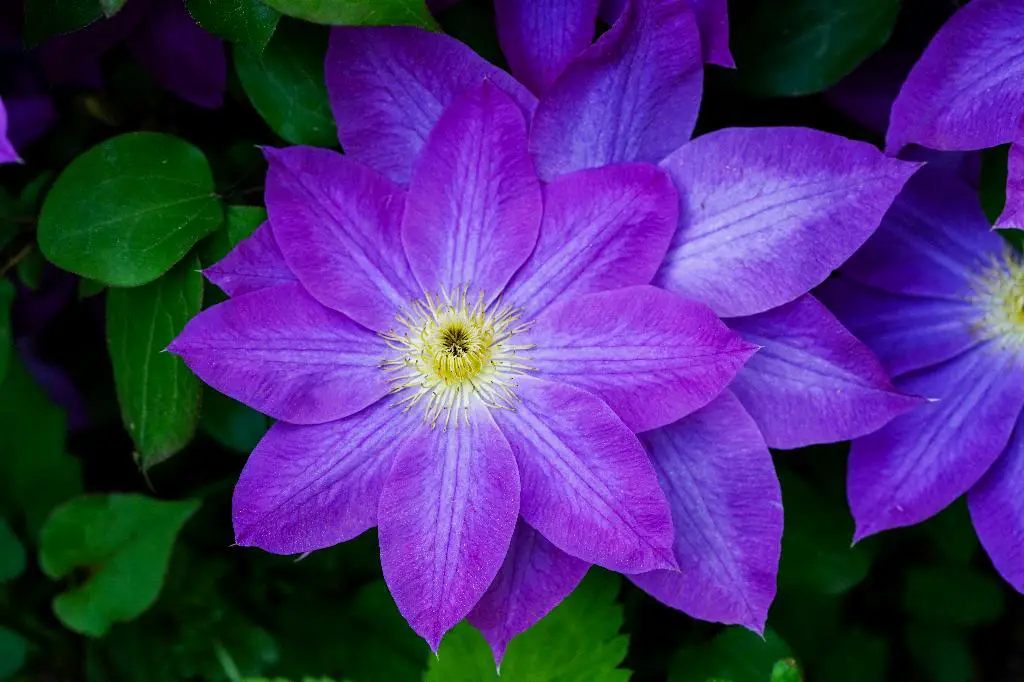Propagating clematis through cuttings is a popular method for gardeners to expand their clematis collection. By taking cuttings, you can create new plants that are genetically identical to the parent plant. This process allows you to reproduce specific cultivars with desirable characteristics, ensuring a successful propagation of these beautiful flowering vines.
Benefits of Taking Clematis Cuttings
Taking clematis cuttings offers several advantages for gardeners. It allows you to produce multiple plants from a single healthy parent plant, enabling you to spread the beauty of clematis throughout your garden or share with other gardening enthusiasts. Additionally, propagating clematis through cuttings can be a cost-effective way to increase your plant collection without having to purchase new plants.
When to Take Clematis Cuttings
The best time to take clematis cuttings is in late spring to early summer when the plant is actively growing. This period provides the optimal conditions for successful root formation. By choosing this time of year, you can increase the likelihood of your cuttings taking root and developing into healthy, thriving plants.
Preparing for Taking Clematis Cuttings
Before taking clematis cuttings, gather all the necessary materials, including sharp pruners or scissors, propagation compost with extra grit for drainage, and a dibber for creating holes in the compost. Select a healthy clematis plant with vigorous growth for the best chances of rooting success. Prepare the cuttings by discarding the soft growing tip, cutting just above a pair of leaves, and ensuring they are the ideal size for propagation.
Taking Clematis Cuttings
To take a clematis cutting, carefully insert the cut end of the stem into the prepared compost, making sure it is secure and in contact with the soil. Firm the cuttings gently with the dibber to promote root growth. Place the cuttings in a warm, bright location with indirect sunlight and maintain consistent moisture levels to encourage root development.
Caring for Clematis Cuttings
Provide optimal conditions for your clematis cuttings by keeping them in a warm, humid environment with good air circulation. Water the cuttings regularly, ensuring the soil remains consistently moist but not waterlogged. Avoid over-watering, as it can lead to rotting of the stems. Provide indirect light to promote healthy growth and monitor the cuttings for signs of root development.
Transplanting Clematis Cuttings
Once the clematis cuttings have developed a healthy root system, they are ready to be transplanted into individual containers or garden soil. Carefully remove the cuttings from the propagation compost and plant them in their new growing location. Ensure the soil is well-draining and provide the necessary support for the young plants to climb as they grow.
Conclusion
In conclusion, taking clematis cuttings is a rewarding and effective way to propagate these stunning flowering vines. By following the steps outlined in this article, you can successfully produce new clematis plants from your existing collection. Remember to provide proper care and attention to your cuttings to ensure they thrive and bring beauty to your garden. Give it a try and enjoy the process of propagating clematis through cuttings!

